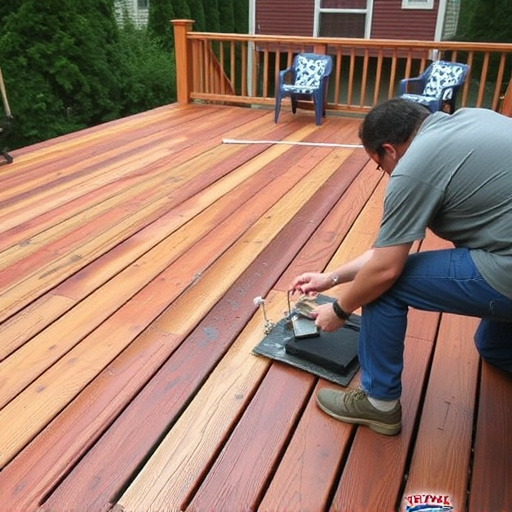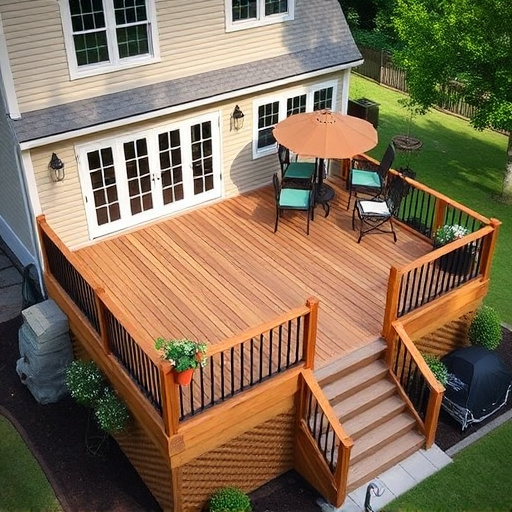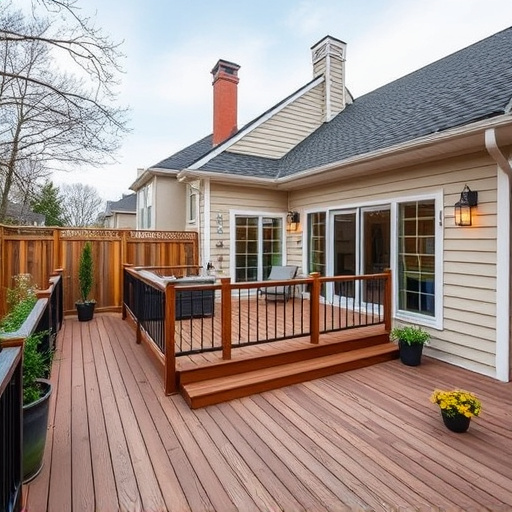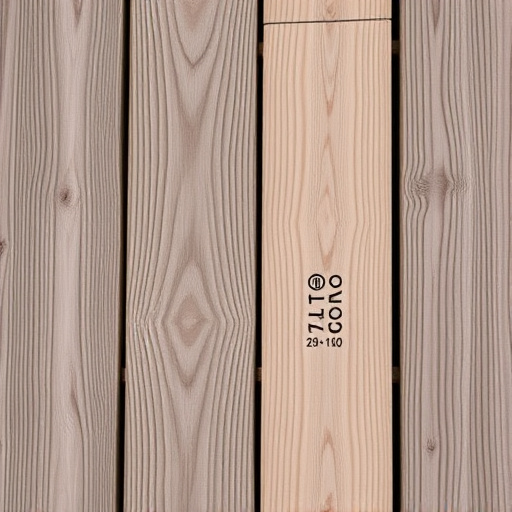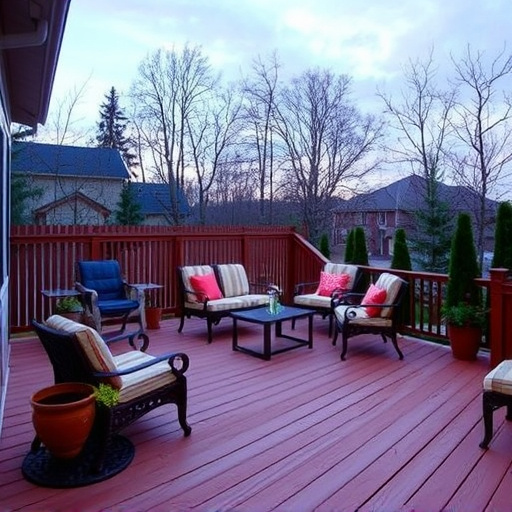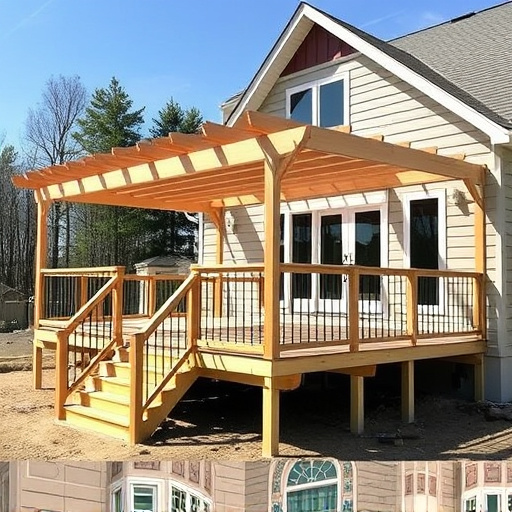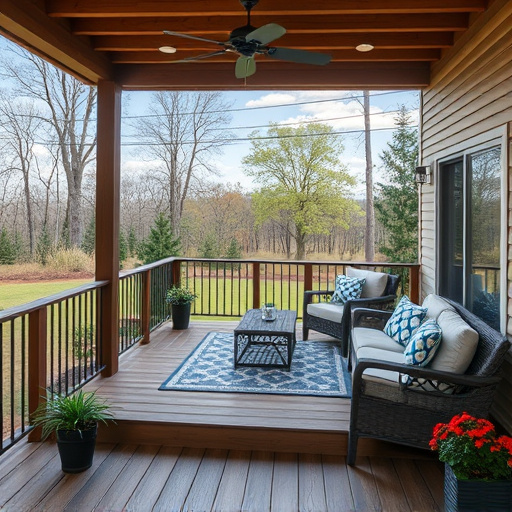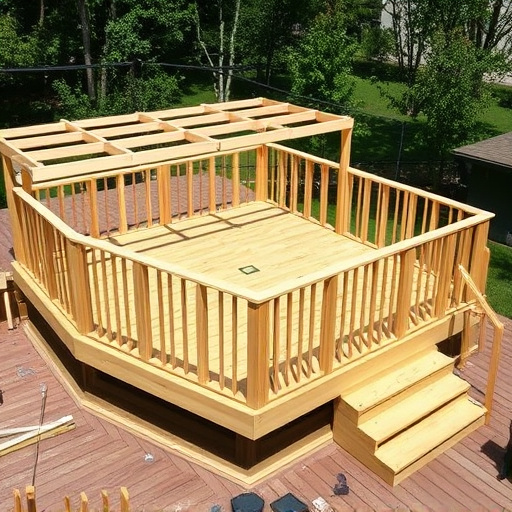Regular deck inspections are crucial for identifying worn joints, connectors, rot, and damage before they become safety hazards. Professional assessment is recommended for older or heavily used decks to ensure structural integrity through repairs or replacements. During deck renovation, focus on support beams, checking for wear and reinforcing or replacing as needed to maintain the deck's stability and longevity.
“Enhancing your outdoor space with a deck renovation? Beware of common structural issues that can mar this process. This comprehensive guide delves into the critical areas of focus during your project, including identifying worn joints and connectors, evaluating rot and damage to deck surfaces, and addressing weaknesses in support beams. By understanding these challenges, you’ll ensure a robust and safe deck renovation.”
- Identifying Worn Joints and Connectors
- Evaluating Rot and Damage to Deck Surfaces
- Addressing Structural Weaknesses in Support Beams
Identifying Worn Joints and Connectors
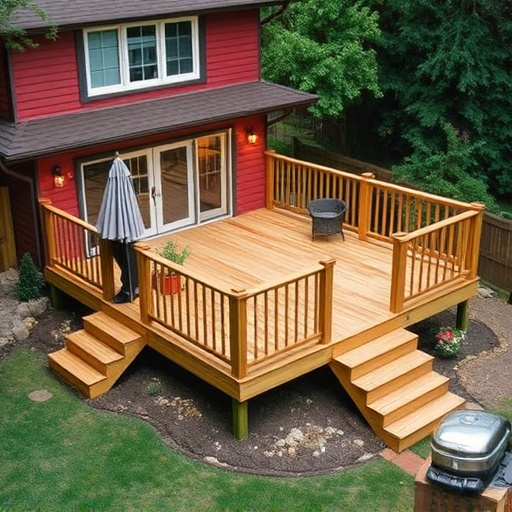
During a deck renovation, one of the most common structural issues that homeowners and contractors encounter is worn joints and connectors. Over time, exposure to varying weather conditions, foot traffic, and normal wear-and-tear can weaken these critical components, leading to instability and safety hazards. By closely examining the existing deck, it’s possible to identify damaged or deteriorated joints, such as loose or broken boards at the joist-to-beam connections, or worn out fasteners holding the structure together.
Regular inspection is key to early detection of these issues. Homeowners can perform a basic visual check during routine maintenance, looking for signs of rot, cracks, or uneven gaps between boards and connectors. For more comprehensive assessments, particularly in older decks or those with heavy use, professional inspectors or contractors specializing in deck renovation projects—including exterior home improvements, residential siding, and commercial roofing—can provide detailed reports on structural integrity and recommend appropriate repairs or replacements to ensure a safe and sturdy deck for years to come.
Evaluating Rot and Damage to Deck Surfaces
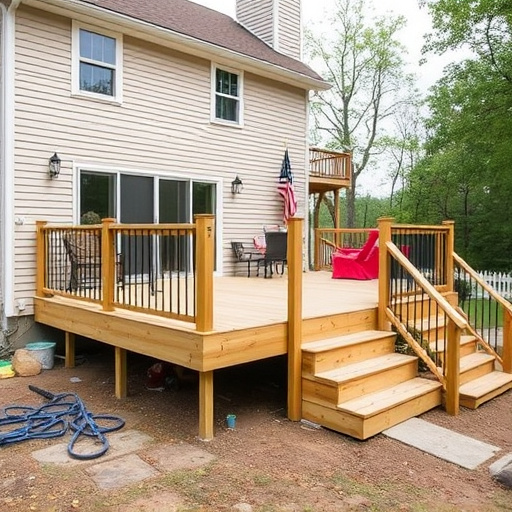
When embarking on a deck renovation project, one of the most critical initial steps is thoroughly evaluating the existing structure for any signs of rot or damage to the deck surfaces. This meticulous inspection is crucial as it not only identifies structural weaknesses but also guides the decision-making process for repairs or replacements. Rot and decay can go unnoticed, especially in hidden areas, so professionals recommend a comprehensive assessment by experienced hands.
During this evaluation, experts will closely examine the decking material, looking for cracks, warping, or soft spots that indicate rot. Damaged surfaces may require siding services to repair or replace compromised boards, ensuring the deck’s structural integrity. Additionally, checking the surrounding areas, including railings and supports, for any signs of wear and tear is vital. Identifying these issues early on can prevent further damage and provide homeowners with an opportunity to explore various roofing solutions or siding repairs, ultimately enhancing the longevity and safety of their deck renovation project.
Addressing Structural Weaknesses in Support Beams
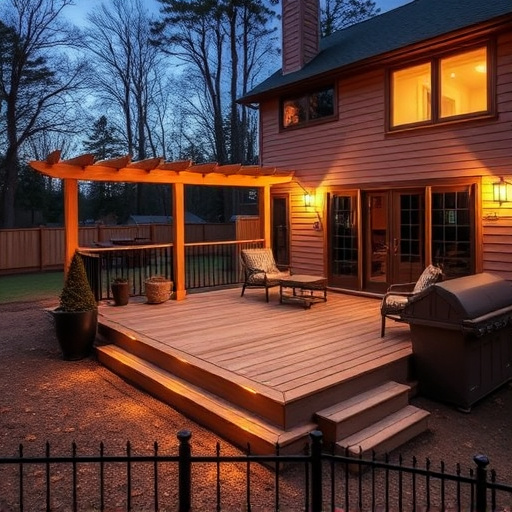
During deck renovations, addressing structural weaknesses in support beams is a crucial step to ensure safety and longevity. Over time, beams can become compromised due to weather exposure, weight bearing, or aging, leading to cracks, rot, or weakening of the overall structure. Homeowners should look for signs such as uneven joists, sagging floors, or visible damage to the beam’s surface, indicating a need for professional evaluation.
A comprehensive deck renovation involves assessing and reinforcing these structural elements. Experts in home service solutions can replace damaged or decaying beams with treated wood or alternative materials, ensuring proper support and stability. Additionally, siding and gutters play a vital role in protecting the deck’s structure by shielding it from moisture intrusion. Proper siding installation not only enhances aesthetics but also prevents water damage that could exacerbate structural weaknesses.
During any deck renovation, it’s crucial to address common structural issues like worn joints, rot, and support beam weaknesses. By identifying these problems early on, you can ensure a safer, more durable deck for years to come. A thorough evaluation of your deck’s condition will help guide repairs, replacements, and enhancements, ultimately transforming your outdoor space into a vibrant, functional area that enhances home value and lifestyle. Remember, a well-renovated deck is a testament to both meticulous planning and expert execution – the perfect retreat in your own backyard.
